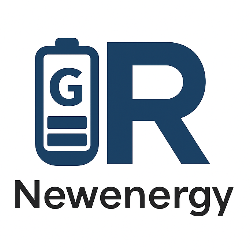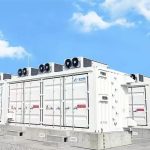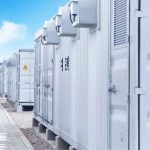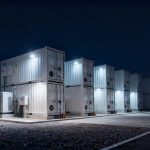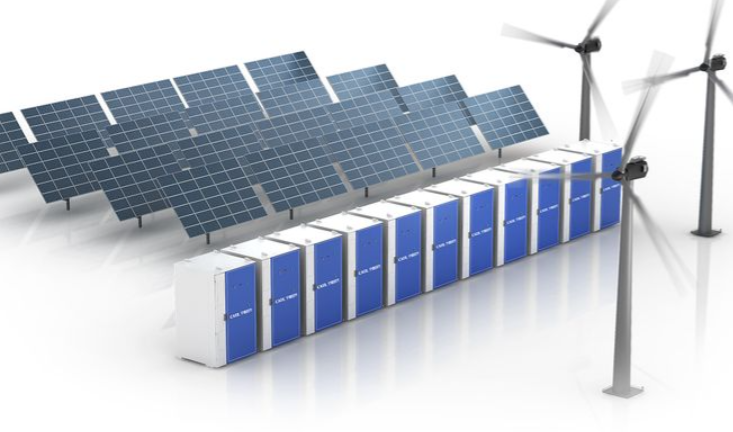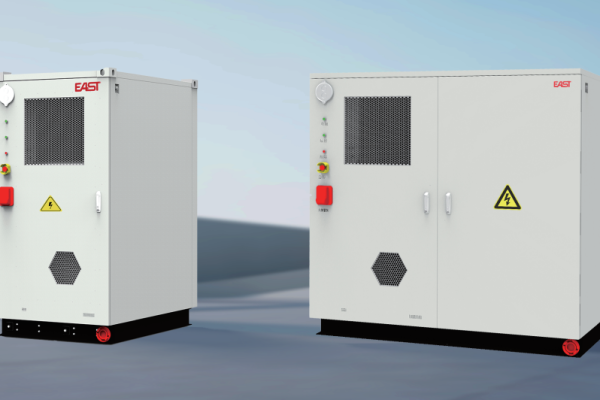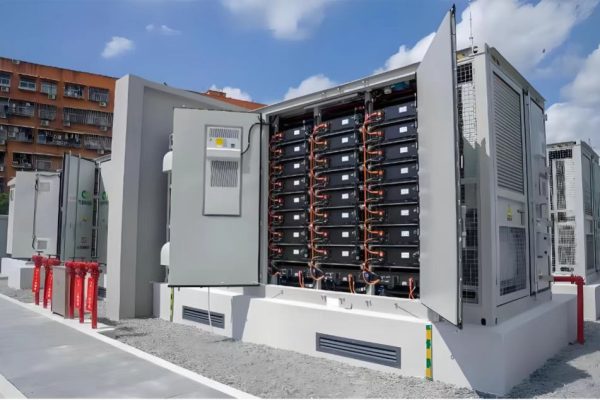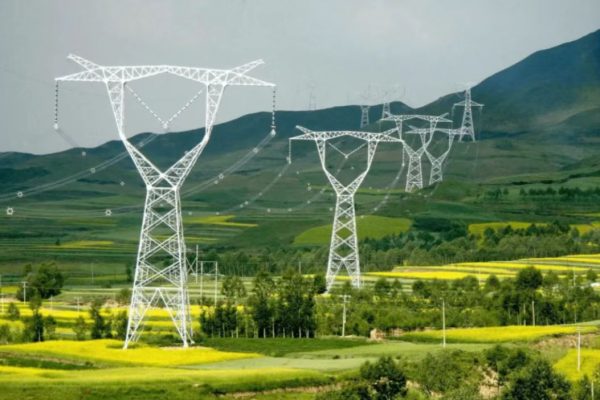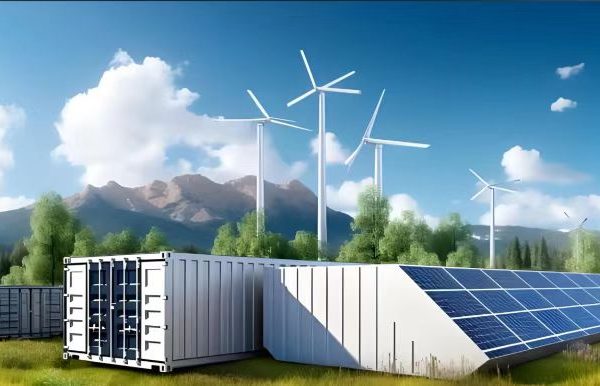For companies in the energy storage sector, trade shows are more than just networking events—they are critical deal-making platforms. Events like Intersolar Europe, ees Europe, RE+, and The Smarter E bring together buyers, project developers, and manufacturers from around the world.
While trade shows showcase cutting-edge technologies, buyers don’t just admire glossy product displays—they come armed with hard technical questions. If suppliers cannot answer these convincingly, trust is lost and opportunities slip away.
This article explores the five key technical points buyers consistently raise at trade shows, and how suppliers should prepare their responses to build confidence and secure contracts.
1. System Efficiency and Performance Metrics
The first question buyers often ask is: “What is the round-trip efficiency of your system?”
At trade shows, buyers compare technical datasheets side by side. Key performance concerns include:
- Round-trip efficiency (RTE): Typically 85–95% for lithium-ion BESS, 70–80% for flow batteries.
- Energy density: How much kWh can be packed per square meter or per rack?
- Degradation rates: How quickly does usable capacity decline after thousands of cycles?
- Operating temperature range: Can the system handle both cold northern climates and hot desert installations?
Supplier preparation tip:
- Display a performance chart on your booth wall showing cycle life vs. depth of discharge.
- Prepare simple comparisons: “Our LFP systems deliver 90% RTE and less than 2% annual degradation.”
Clear numbers reassure buyers who need to justify investments internally.
2. Safety Standards and Certifications
Another critical point buyers raise is: “What certifications does your system hold?”
At trade shows, where multiple global suppliers compete, compliance is a deal-breaker. Buyers look for:
- UL 9540 / UL 9540A (fire safety and thermal runaway testing)
- IEC 62619 / IEC 62933 (safety requirements for rechargeable batteries)
- UN 38.3 (transportation of lithium batteries)
- CE marking (for the European market)
Buyers also want to know:
- “Do your systems have built-in fire suppression?”
- “Do you use LFP (Lithium Iron Phosphate) chemistry, or NMC?”
- “How does your BMS detect early warning signs of failure?”
Supplier preparation tip:
- Have printed certification copies ready for display.
- Train staff to explain what each certification means in simple terms.
- Emphasize safety-first design, not just cost competitiveness.
This builds trust with international buyers who cannot compromise on compliance.
3. System Integration and Compatibility
Many buyers at trade shows ask: “Will your system work with my existing infrastructure?”
Technical integration questions include:
- Grid connection standards: Does it support local utility codes?
- Inverter compatibility: AC-coupled vs. DC-coupled configurations.
- Communication protocols: Does the system support Modbus, CANbus, or IEC 61850 for SCADA integration?
- Hybrid solutions: Can storage work alongside solar PV, wind, or diesel gensets?
Example buyer concern:
A commercial customer in Southeast Asia may already have rooftop solar. They want assurance that a 1MWh BESS can connect seamlessly without costly retrofits.
Supplier preparation tip:
- Offer system diagrams showing compatibility with different inverter brands.
- Provide case studies of hybrid PV+Storage projects.
- Have engineers available at the booth for technical Q&A.
This demonstrates that your company is not just selling batteries—it’s offering complete, integration-ready solutions.
4. Lifecycle Cost and ROI Analysis
Buyers rarely decide based on upfront cost alone. At trade shows, the common question is: “What is the payback period?”
Key lifecycle cost factors buyers focus on:
- CapEx vs. OpEx: Initial purchase vs. long-term operation.
- Cycle life: 6000–10,000 cycles for LFP lithium-ion systems, >20,000 cycles for flow batteries.
- Replacement costs: How often will modules need replacement?
- O&M expenses: Software updates, remote monitoring, spare parts.
Buyers want concrete ROI models:
- A 1MWh system for peak shaving may save $80,000 annually in demand charges.
- A 10MWh grid-scale system may generate income from frequency regulation.
Supplier preparation tip:
- Provide a sample ROI calculator on a tablet at the booth.
- Show graphs of total cost of ownership (TCO) over 10–15 years.
- Use real-world examples, not just theoretical models.
This positions your company as financially transparent and solution-driven.
5. Delivery Timelines and After-Sales Support
Finally, trade show buyers want assurance: “If I order today, when can you deliver and how do you support me afterward?”
Technical concerns include:
- Lead time: From purchase to commissioning (3 months for small C&I, 6–12 months for utility-scale).
- On-site support: Do you provide local technicians or rely on remote service?
- Spare parts availability: How quickly can failed modules be replaced?
- Warranty coverage: Typical 5–10 years, but buyers ask if extended warranties are available.
Supplier preparation tip:
- Showcase a global service map—buyers love to see local offices or partners.
- Prepare a delivery timeline chart for different system sizes.
- Highlight your remote monitoring platform if available.
Strong after-sales support messaging helps overcome the skepticism buyers often have with overseas suppliers.
How Suppliers Can Maximize Trade Show Engagement
Trade shows are not just about collecting business cards. To convert booth traffic into contracts:
- Train your staff – they must answer these five technical questions fluently.
- Use visuals – efficiency graphs, safety certifications, ROI charts should be displayed prominently.
- Leverage digital tools – QR codes linked to datasheets, case studies, and calculators engage buyers beyond the booth.
- Follow up within 48 hours – provide tailored technical responses while the trade show conversation is still fresh.
At every international energy storage trade show, buyers raise five recurring technical points: efficiency, safety, integration, lifecycle cost, and support. Suppliers who anticipate these questions—and prepare clear, data-backed answers—stand out in a crowded exhibition hall.
For energy storage companies competing globally, trade shows are the ultimate stage. By addressing buyer concerns directly and professionally, you transform curiosity into confidence, and confidence into contracts.
